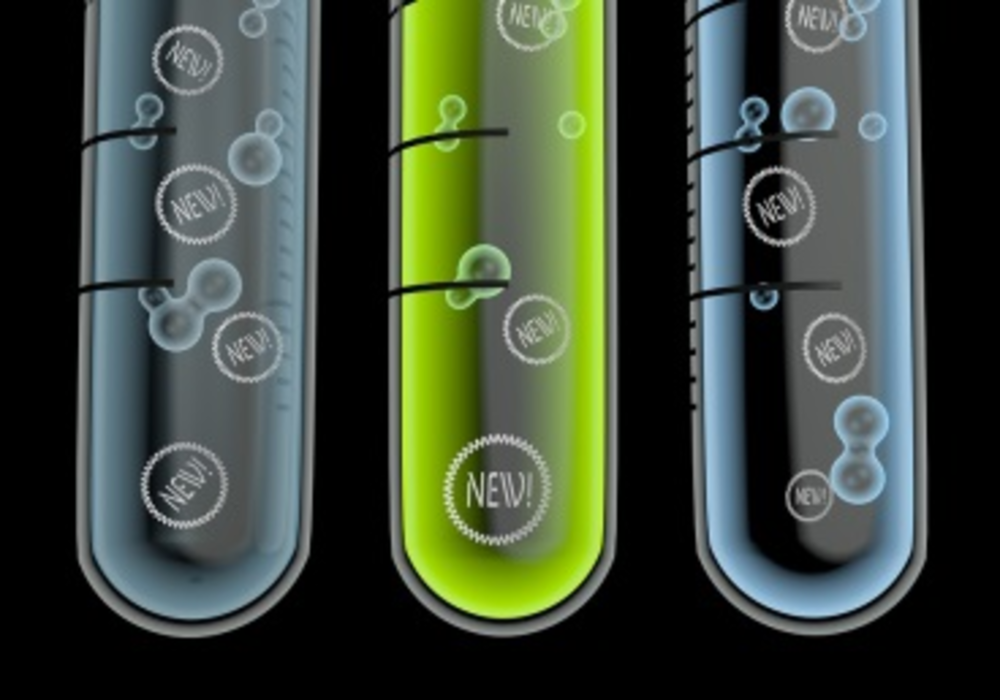Big Data and its application to marketing have created the impression that traditional marketing techniques are now obsolete. There is a perception that the computer algorithms that crunch data from digital sources have removed marketers’ analyses from the picture. These algorithms look for patterns in the data and then use that information to automatically present personalized content to customers. Given the ability to serve up automated content with Big Data algorithms, marketers must learn how to integrate that capability with their own creativity—and at the intersection of algorithms and creativity lies testing.
The creativity and ingenuity that marketers bring is as valuable as ever, so the idea that traditional techniques are obsolete couldn’t be further from the truth. The biggest change, however, is the wide range of new data analysis tools that have become available. There’s no doubt that this change is disruptive, but it actually opens new doors for how marketers apply that creativity to obtain strategic, data-driven results.
Using data on a regular basis removes the guesswork and adds objectivity to creative marketing decisions. However, in order to take a full advantage of this new wave of technology, marketers must embrace the practice known as the scientific method. In short, the scientific method allows for an objective way of verifying a marketing hypothesis.
For example, after looking at data, a marketer identifies the problem that conversion rates are low for a particular campaign. The hypothesis is that a specific hero shot image may be causing the problem; so the next step is to determine which changes must be made in order to fix it. Then the hypothesis is tested. If the test shows that the new image indeed improved the conversion rate, the hypothesis is accepted and the new image is shown.
The testing process consists of the following steps:
1. Define your objective. For example, boost ROI by increasing the conversion rate by X%.
2. Use a digital analytics reporting tool in order to set a benchmark about the current state of the website.
3. Formulate a hypothesis on how to reach your objective.
4. Test your hypothesis using the testing tool.
5. Choose the digital content that the tool predicts will perform best.
6. Use this content as the new baseline.
7. Repeat the process.
In order to receive the full benefits of testing, the right testing tools must be used. Marketers would like to accomplish this task in a minimum amount of time and with the highest confidence in the predictive value of the results in order to maximize the return on testing. With that, it’s important to understand what you should expect from good testing tools:
1. Ease of setting up a test: The tool must provide an intuitive workflow.
2. Data collection must be reliable: If there are problems with collecting data during a test, you will most likely have to restart the test and throw away the data collected thus far.
3. A reporting system that employs a rigorous statistical approach to analysis: It requires additional efforts to develop such a system (that is why many vendors take various shortcuts), but it will save you a lot of testing time while providing high-confidence predictions.
4. The ability to measure: A good testing tool must provide the ability to measure the performance of a test using KPIs other than just conversion rate (for example, cart value).
It’s easy for marketers to begin testing once the right tools are in place. Start small. Try changing an image, then copy and, eventually, look at redesigns and landing pages. The benefit of the data that’s available is that it will either affirm or nullify a hypothesis. Sometimes, simple changes will net big results and marketers can start seeing these results quickly to ensure the best ROI possible on digital campaigns.
It takes a combination of gut instinct and data to formulate and prove a hypothesis. Both parts are necessary to ask the right questions to produce the best results. With testing marketers can merge their traditional techniques of creativity and ingenuity with the benefits of Big Data, thereby ensuring that brands are delivering the best possible experiences to their customers and netting the best possible results for campaigns. Testing makes that hunch measurable, so that creativity and ingenuity are tied directly to results.
Vladimir Brayman, PhD, is chief scientist at Webtrends. He has more than 20 years of experience in the high-tech industry and in academia. He publishes regularly in scientific journals and holds several patents.








